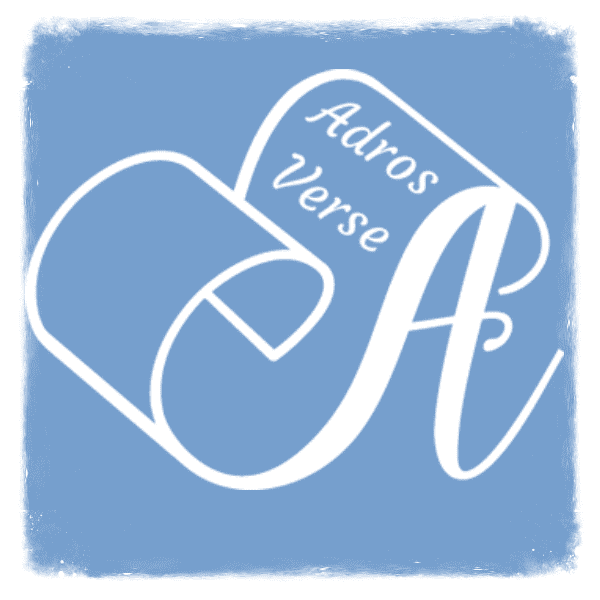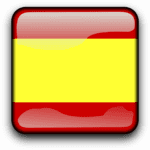To form the negation in French, we add “ne” in front of the verb (and before any object pronoun before the verb) and “pas” after the verb.
Here are some examples:
| Je ne joue pas au football. | I don’t play soccer. |
| Je ne le veux pas. | I don’t want it. |
We can have a double negation in French without changing the meaning to affirmative. Here is an example:
| Je ne le fais jamais. | I never do it. |
Notice that “jamais” means “never.“
Other Negation Words in French
Notice that when another negation word is used, e.g., “jamais” (never), “rien” (nothing/anything), “personne” (nobody/anybody), “plus” (anymore), etc., it often replaces “pas” following the verb to form the negative.
Here are some examples of negated statements in French:
| Je n’ai rien fait de mal. | I didn’t do anything wrong. |
| Je ne vois personne ici. | I don’t see anybody here. |
| Il ne répond plus. | He doesn’t respond anymore. |
“Ne” Contraction
Notice that “ne” is contracted to “n’” before a vowel or a mute “h,” for example, “Je n’aime pas ça” (I don’t like that), “Je n’habite pas ici” (I don’t live here), etc.
Some tenses uses an auxiliary verb. We call these compound tenses.
In this case, the “ne … pas,” or a similar negative construction like the aforementioned examples, is placed around the first verb, that is, the auxiliary verb, for example, “Je n’ai pas mangé” (I have not eaten), “Nous n’avons pas encore dormi“ (We haven’t slept yet), etc.
Next: Punctuation & Use of Written Accents
Other lessons in Level I:










